Environmental Assessment
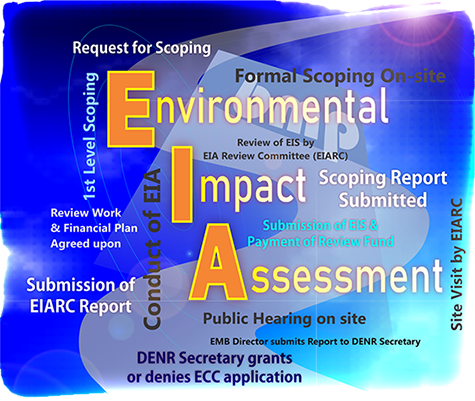
Environmental Impact Assessment (EIA)
To identify the likely impacts of planned projects on people and the environment, we create a team of consultants who are recognized experts in their fields. The team composition is tailored to the specific needs of the project.
In analyzing the complex scientific, technological, physical, chemical, biological, ecological, economic, health, social, and cultural issues and opportunities of the project, we employ international best practices, techniques and methods, and state‐of‐the‐art equipment. The outcome is the holistic assessment and management of environmental and social issues and opportunities.
This lends credibility to the project and its proponent, thereby, facilitating the environmental approval process and the acquisition of the social license to operate.
Hydrology, Flooding, Contamination, and Soil Erosion Management
Flooding, sedimentation, surface and groundwater contamination and depletion are major issues in some communities and development projects. Without prior scientific assessment, communities and projects are vulnerable to such water-related complaints. We assist communities and companies in the management of water issues through:
- Watershed and coastal modeling
- Hydrological and sedimentological assessments
- Soil, surface water, and groundwater contamination assessment
- Determination of project-related impacts and formulation of management programs.
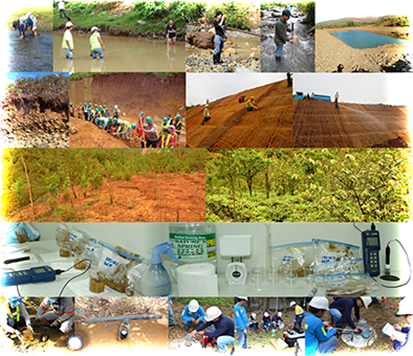
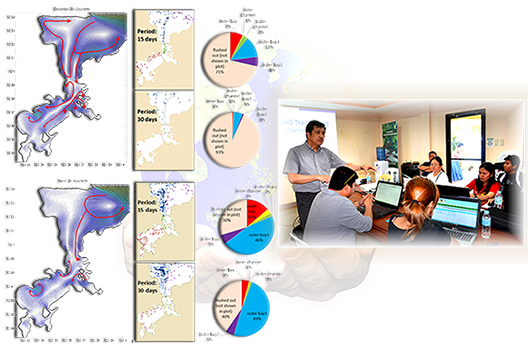
Environmental Modeling
We understand natural and human systems and how each one impacts the other. We are also familiar with the various environmental models and modeling softwares, particularly for atmospheric dispersion, hydrology, water quality, erosion and sediment control, hydrodynamics, and risk assessment.
For a specific environmental problem that is presented to us, we develop the concept and framework from which to build the mathematical simplified representation of real conditions. The model sufficiency and quality are then tested using actual measured values. The model performance will determine the model’s applicability and utility in environmental decision making.
Environmental Risk Assessment (ERA) and Management
Our knowledge of safety, disasters, and risk management, borne by familiarity with natural hazards, climate change, various industrial systems and processes, exposure, and vulnerability, enables us to proficiently identify and evaluate potentially damaging situations. Our wealth of training and experience on probabilistic models has made us adept at risk evaluation and estimation. Modeling a large range of uncertainties is our forte.
We formulate and recommend practical and effective measures that will safeguard against the occurrence of adverse situations or mitigate and minimize damage when they occur.
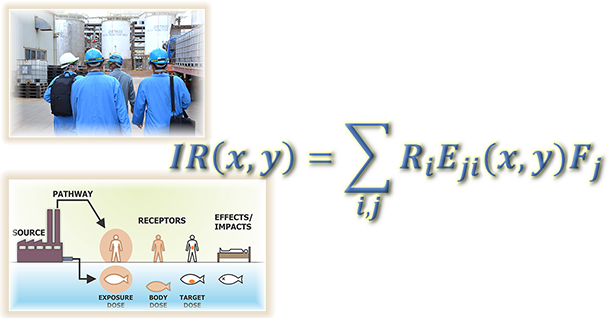
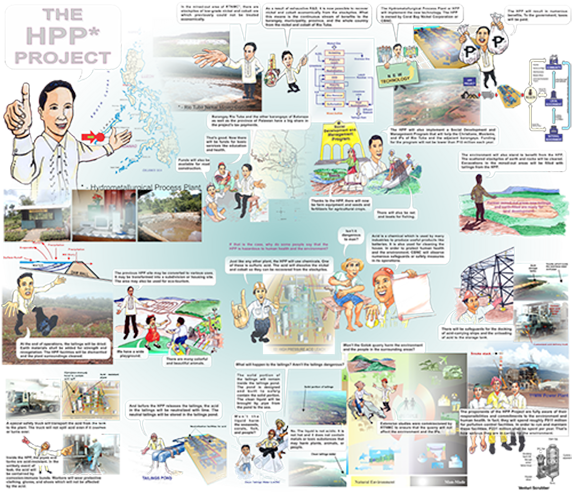
Risk Communication
We have developed skills in the communication of the environmental impacts and risks of natural hazards, climate change, and planned projects to the various stakeholders. These skills are consistent with international best-practice principles of public consultation and disclosure such as flexibility, transparency, efficiency, respect for cultural diversity, easy access to information, inclusivity, representivity, ample announcement to stakeholders of opportunity for involvement, adequate opportunity for stakeholder comment in various ways, and ongoing feedback and acknowledgment.
We employ culturally appropriate information tools such as printed materials, information sessions, open houses, and displays and exhibits. We solicit stakeholders’ views, concerns, and suggestions about the natural hazard, climate change, and planned project through interviews, meetings, workshops, community organizers, and household surveys.
By providing key information about the natural hazard, climate change, and planned project and proponent; explaining the risk communication process; and clarifying the environmental and social issues, a greater and more meaningful public participation is assured. At the end of the process, the stakeholders can make an informed decision.
